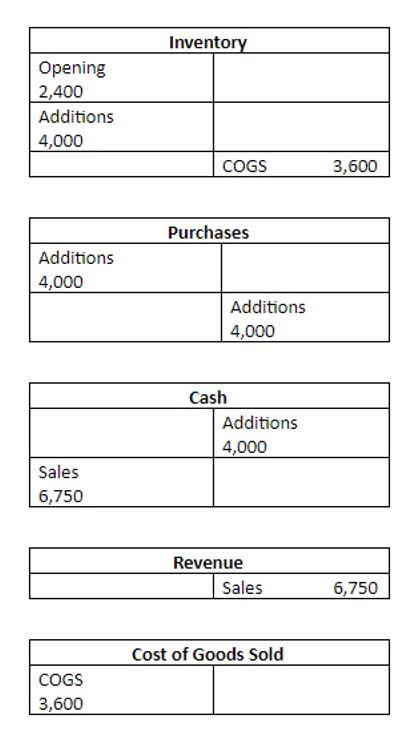Standard Costing: Definition, Features, Advantages, Disadvantages, Process
Content
For example, under actual cost system, each item of each material requisition must be coasted separately, when LIFO of FIFO method is used. In a large company, this is an enormous task, since thousands of requisitions may be issued. The knowledge gained in setting standard cost provides the entire cost picture of the product ranging from its out-of-pocket cost to full costs.

It is due to the difference between budgeted or standard efficiency and actual efficiency in utilisation of fixed common facilities. It is the difference between budgeted fixed overhead for the period and the standard fixed overhead for actual production. As in the case of material cost variances, labour cost variance is analysed into two separate variances, viz.
Variance Analysis
The essence of standard costing is to set objectives and targets to achieve them, to compare the actual costs with these targets. Standard Costing is used to ascertain the standard cost under each element of cost, i.e., materials, labours, overhead. It is a method of setting standards that covers all aspects of the company’s operations, financial and non-financial. It involves allocating costs to products through predetermined rates based on activity measurements. In this way, managers can set realistic production / sales quotas for each product while determining the cost of such products.
Basic standards provide the basis for comparing actual costs over time with a constant standard. They are used primarily to measure trends in operating performance. Similarly, when establishing a standard costing system, the management of the business standard costing system should establish different cost centers within the business. Cost centers are departments or areas of the business where costs are incurred. This allows standards to be set for specific cost centers that are relevant to those centers.
Main Characteristics of Standard Costing
This cost plan will give an element-wise outline of what the product cost should be according to management’s thinking. L) Control action is immediate, e.g., as soon as material is issued from stores to production it can be compared with the standard material which should have been used for the actual production. (i) Direct labour is also replaced to some extent by information technology and systems.
A difference in the relative proportion of sales can account for some of the difference in a company’s profits. The use of standard costs is a key element of a management-by-exception approach. If costs remain within the standards, Managers can focus on other issues.
Create a Free Account and Ask Any Financial Question
When standard costs are less than actual costs, this indicates a degree of inefficiency in the organization. Therefore, standard costing enables a company’s management team to learn about whether the company operates reliably or not. The setting up of standard costs requires the consideration of quantities, price or rates, and qualities or grades for each element of cost that enters a product (i.e., materials, labor, and overheads). https://www.bookstime.com/ Under this plan stores ledger control A/c, WIP ledger control A/c and Finished Stock A/c are debited and credited both at actual and standard costs. In each of these three accounts, two parallel columns are provided on the debit and credit sides, one column is used to enter actual costs while standard costs are entered in the other column. The cost of sale account and financial statements record only the actual costs.
- It can be achieved with reasonable effort (i.e., if the company operates with a “high” degree of efficiency and effectiveness).
- Qualcomm Inc. is a large producer of telecommunications equipment focusing mainly on wireless products and services.
- (i) To provide guidance on possible ways of improving performance.
- Current conditions take into consideration material and labour price changes during the period when the standard is used.
- The utility of variance analysis depends much more on the standards set.
- To illustrate standard costs variance analysis for variable manufacturing overhead, refer to the data for NoTuggins in Exhibit 8-1 above.
It makes the application of the principle of management by exception more easy. That is, the management can concentrate its attention on variances only, leaving the other aspects of cost control to be taken care of at the lower level. Standards are cost or revenue targets used to make financial projections and evaluate performance. Standards set forth the expected revenue or cost for a particular item.
This makes the standards highly unrealistic in certain industries, which face fluctuations in prices of products due to frequent changes in material and labour costs. Revision of standards is also not easy; in case of revision, costs would be high. Variance analysis helps management to have regular as well as better checks over costs incurred.
